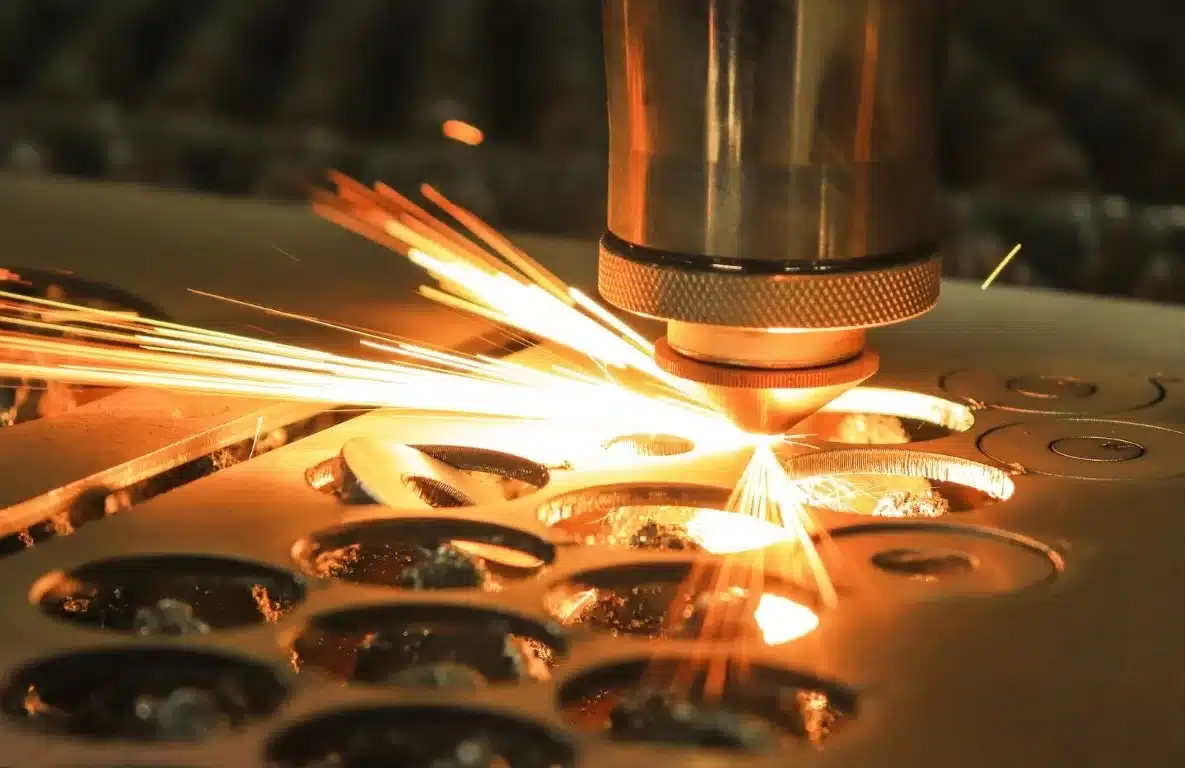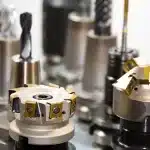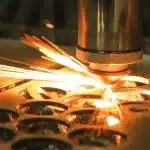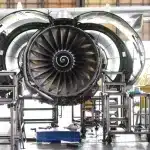In the competitive world of manufacturing, it is crucial to stay abreast of new opportunities for financial growth. One such opportunity is the R&D Tax Credit, a tax incentive that rewards companies for their innovative activities. However, many machine shops remain unsure about their eligibility for this credit, leading to an enigma that needs to be unraveled.
Identifying Eligible Activities
To claim the R&D Tax Credit, a company must participate in activities that meet the IRS’ four-part test. These include the creation of a new or improved business component, the elimination of technical uncertainty, the process of experimentation, and a technological nature. In a machine shop, these activities may involve the development of new machining processes or techniques, the improvement of existing processes for increased efficiency or precision, and the troubleshooting of complex manufacturing issues. Furthermore, the work of operators, machinists, programmers, engineers, and technicians often involves a high degree of technical uncertainty and experimentation, further qualifying these activities for the R&D Tax Credit.
The Role of AI and Automation in R&D Tax Credit Claims
While the manual method of preparing and supporting R&D Tax Credit claims has been the traditional approach, AI and automation are revolutionizing this process. This technology can streamline the identification of eligible activities, reduce the time load for employees, and increase the precision of claims. A trained AI system can manage a claimant’s timeline, track qualified research expenses, and regularly engage with clients for updates. It can also connect to existing project management, ERP, and accounting systems, automatically capturing eligible activities in real time. This advanced approach significantly reduces the time and effort required to prepare an R&D Tax Credit claim, making it a valuable tool for machine shops.

Each individual project may take only a year or two, but the more they use digital, data, and AI to manage R&D processes, the more they see opportunities for going further.
– Harvard Business Review
Why Manufacturers should always Consider R&D Tax Credits
Manufacturers and product designers are often involved in a range of R&D activities, even if they don’t realize it. By understanding the eligibility criteria and utilizing the latest AI and automation technology, these companies can successfully claim the R&D Tax Credit, boosting their financial growth. The R&D Tax Credit is not just for big corporations. Small and mid-sized manufacturers can also take advantage of this incentive. If your company is developing new manufacturing processes, improving existing ones, or solving complex manufacturing issues, you may be eligible for significant tax savings.
Get Your R&D Tax Credit Estimate
Are you curious about potential R&D Tax Credit for US based companies? By clicking the button below, you can obtain an estimate of how much you might be able to claim. Don’t let the eligibility enigma keep you from reaping the benefits of your innovative activities.

 - EN
- EN  - EN
- EN



